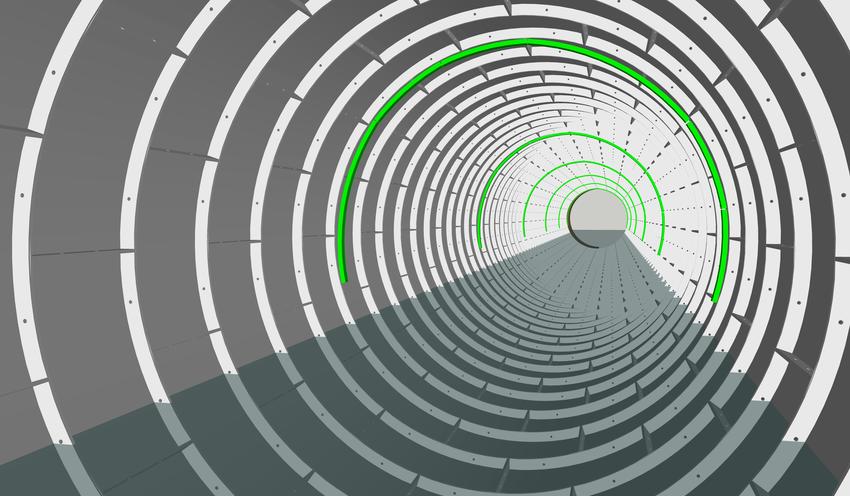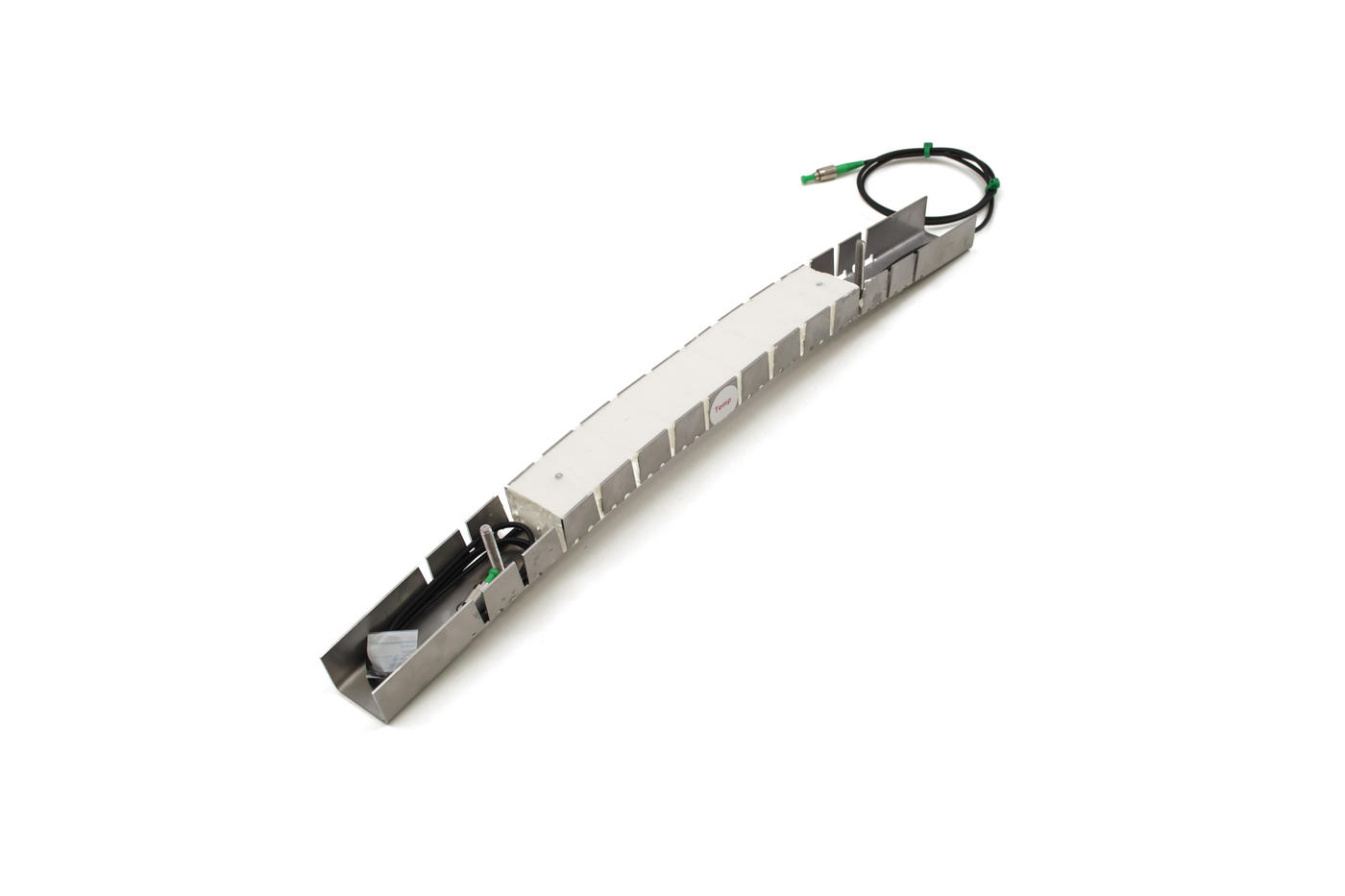By Sam Kettle
Much of London’s active sewer system is unchanged since Victorian times. The brick construction and age of these sewers mean they are particularly susceptible to degradation and damage, particularly with construction work in close proximity. Potential ground movements caused by excavations and new infrastructure often require measures to monitor and protect these older sewer tunnels.

GEO-Instruments have years of experience monitoring sewers on various infrastructure projects across London using a variety of instrumentation and methods.
Installation of monitoring sensors within an active sewer is challenging for numerous reasons.
Any instrumentation installed must be classified as “intrinsically safe”, meaning it does not carry an electrical charge. Any charge or possible spark could be hazardous with the potential build-up of flammable gases in the tunnel. In addition to this, safe access requires a pre-planned isolation to allow the water level within the sewer to drop and the flow rate to slow. Such isolations can only be achieved in small time windows during the night when demand is at its lowest. All engineers involved in the installation must have undergone confined space training. Engineers must also overcome significant logistical problems with transport of tools and equipment from street level access to the area of works within the tunnel.
Fibre Optic based solutions are an ideal option for overcoming many of these issues.
Fibre optic systems are intrinsically safe, using pulses of light passed along continuous fibres preventing the need for electrical equipment or wires to be installed within the tunnel.
Once installed, the Fibre Optics sensors have minimal effect on the normal operation of the sewer, limiting the potential for instrument damage or need for maintenance. On one recent application, a fibre optic system operated for over two years in an active sewer environment without the need for a maintenance visit or interruption to the usage of the sewer.
Our Fibre optic systems are also designed to be easy to install. GEO-Instruments worked with manufacturer Sylex to design series of segments that can be assembled into rings fixed to the inside wall of the sewer. This modular design is well suited to installations undertaken over multiple stages under strict time constraints.
The system builds a picture of tunnel deformation by measuring strain around the cross section of the sewer at designated locations along its course.
The ring segments are fitted with Fibre Bragg gratings that reflect specific wavelengths of light back to an interrogator running the system from outside the sewer. As the sewer walls deform, the segments and gratings undergo a change in strain, slightly changing the wavelength reflected by the gratings. This change is recorded by the can then be calculated as microstrain.
Typically, multiple rings of sensors are installed at regular intervals along the monitored section of sewer. The system has an accuracy of under 35µε (microstrain) and precision of 20µε across the 5000µε total range.
This Fibre Optic monitoring system has proven to be a reliable and effective solution to the unique challenges of sewer monitoring.
Find out more about our fibre optic solutions here:
https://www.geo-instruments.co.uk/expertise/technologies/fibre-optic-sensors
